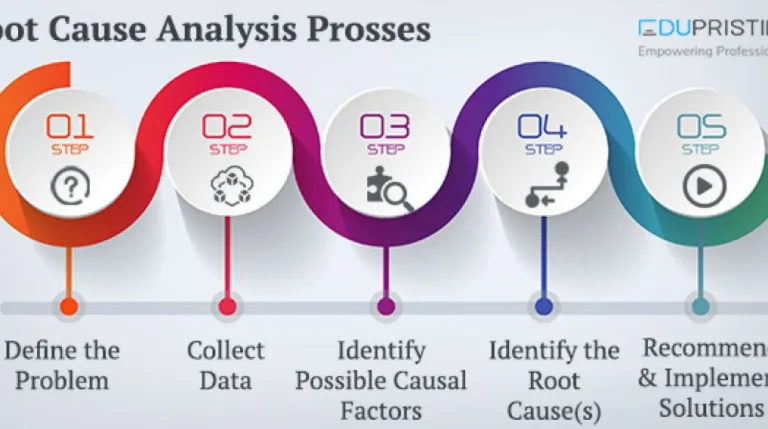4 Reasons More Executives Are Choosing Private Jets for Business Travel
Senior decision makers may change how they travel for work when timelines feel compressed, and meeting needs shift without much warning. The choice of aircraft type or route can start to look different as schedules tighten, and priorities stack up across locations. People in these roles often want arrangements that reduce friction while keeping attention on tasks. This direction could lead to options that appear more suitable for recurring trips and complex planning.
Scheduling that adapts to changing calendars
When plans move during the day, the ability to align departures and arrivals with shifting meetings becomes a consistent requirement that travel planners try to meet without creating new delays. Allowing for flexibility in the schedule can help reduce complications. For example, chartering a private jet allows executives to depart shortly after a meeting and reach smaller airports that sit closer to the venue, which saves a lot of time. Since time is valuable, this is often a money saving tactic for businesses as well.
Privacy that supports sensitive work during transit
Work that involves confidential material does not always fit neatly into office hours, and travel periods may become the only available blocks for reviews, draft negotiations, or early budget discussions that require discretion. Shared cabins can make people cautious about speaking openly or opening documents, which might slow preparation or create backlogs that appear later in the week. A quieter environment usually allows more controlled conversations, focused reading, and deliberate planning that continues between offices without unnecessary pauses. Teams could use this time to align brief talking points, rehearse roles for joint meetings, or clarify negotiation boundaries before arrival. This setup is not designed to replace formal sessions, yet it often stabilizes the workday by turning travel hours into predictable preparation windows. The impact tends to be incremental at first, then it usually becomes standard practice as people notice fewer last-minute edits or rushed briefings after landing.
Shorter preflight steps and simpler post-arrival routines
Procedures at crowded terminals can introduce waiting that is difficult to estimate, which may cause ripple effects that reach the first meeting and then extend into later commitments. A streamlined sequence before boarding could reduce uncertainty, while direct boarding and quick security processes generally conserve energy for the discussion that follows. People also benefit when ground movement begins sooner at the destination, since delays at baggage areas or rideshare queues often slow down the start of on-site work. Over repeated trips, these time savings add up, and planning assumptions adjust, so coordinators schedule around a tighter estimate that reflects shorter touchpoints. The difference is not about adding amenities; it is about removing steps that add limited value to the workday. This structure usually helps maintain steadier calendars, which could support more accurate commitments to colleagues and reduce the number of rescheduled calls or moved presentations.
Access to airports that improve proximity to real venues
Important visits sometimes happen near locations that do not receive frequent commercial service on suitable timetables, which means multi-leg itineraries and long ground transfers after arrival. Using airfields that sit closer to plants, offices, or partner sites may remove connections that complicate the day and shift the focus back to the actual meeting objective. Teams often prefer to arrive near the place where the work will occur, especially when the schedule includes several short visits in the same region. Direct access also supports early starts and late finishes without pushing activities into the next day. This is not necessary for every route, yet it becomes practical when timing is tight or when multiple addresses must be covered within limited hours. The result typically appears as fewer variables, clearer movement between stops, and a route that reflects real geography instead of airline hub structures.
Conclusion
Adoption of alternative flight arrangements by senior staff may reflect steady attention to timing control, discreet working time, shorter procedures, and closer arrival points that fit actual agendas. These reasons appear practical and linked to planning rather than style preferences. This method might help keep focus on tasks and follow-through. You could consider whether upcoming itineraries, meeting clusters, and site locations would benefit from a structure that aligns flights more directly with the work you intend to complete.
Sources
https://accaviation.com/5-benefits-of-private-jet-hire-for-business/
https://accaircharter.co.uk/how-to-choose-the-perfect-private-jet-for-your-business-trip/




